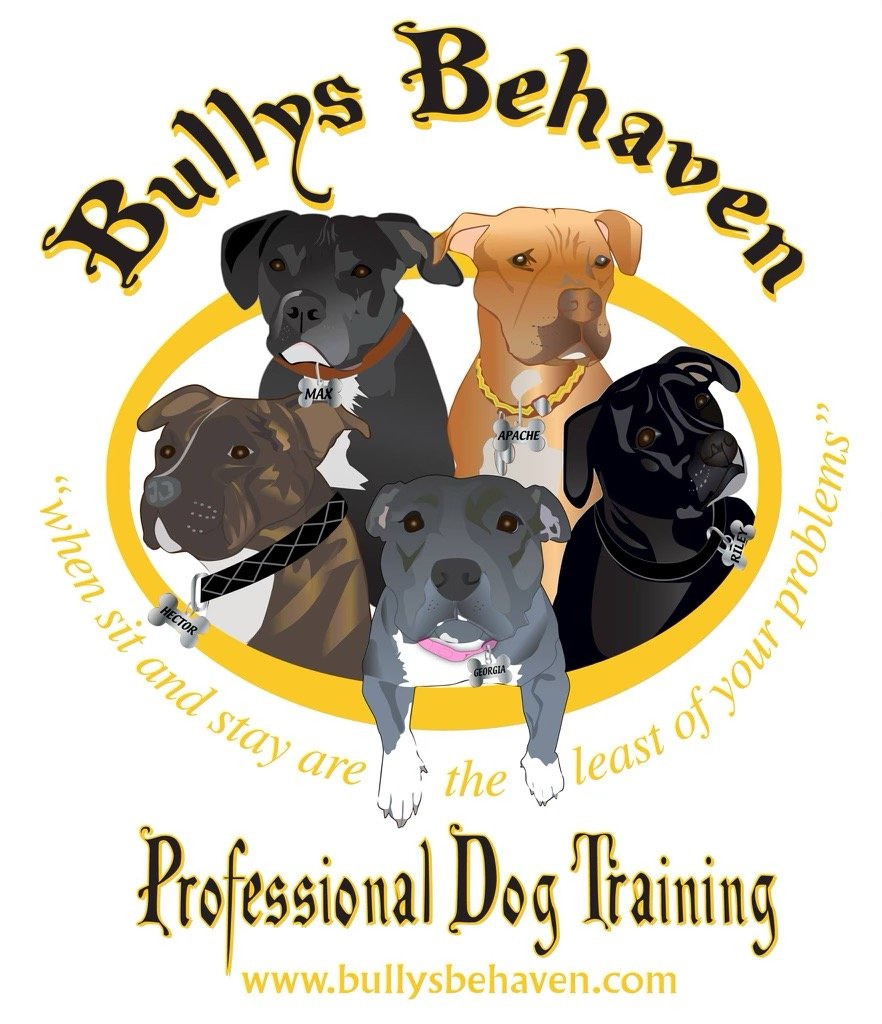Introducing Your New Baby to the Family Dog
Welcoming a new baby into the family is a happy occasion, but it also marks a significant transition and change in dynamic for everyone, including your family companion. Introducing your baby to the family dog requires thoughtful planning and consideration to ensure a smooth integration. Here are some essential tips to help make the transition go smoothly. Always remember that getting the family dog and baby to get along is not a sprint but more of a marathon. These things should not be rushed for safety purposes and greater success.
1. **Preparation is Key**
Before the baby arrives, gradually introduce your dog to the new smells and sounds associated with an infant. Play recorded baby noises like crying and whaling, use baby lotion, or let your dog explore baby items like blankets and clothing. This helps your dog become familiar with the upcoming changes.
2. **Basic Obedience Training**
Ensure your dog has a strong foundation in basic obedience commands such as "sit," "stay," and "leave it." This will be crucial in managing your dog's behavior when the baby is present and creating a safe environment for everyone.
3. **Establish Boundaries**
Set up designated areas for your dog and the baby. This helps create a safe space for each family member, preventing any unwanted mishaps. Consider using baby gates or barriers to control access and provide your dog with a retreat space. 4. **Gradual Introduction:** When bringing the baby home, have a family member or friend introduce the baby's scent to the dog before the face-to-face meeting. Make sure you have a dog crate available for introduction. Put the baby in the carrier and then put the baby in the empty dog crate and close it. Allow your dog to approach the baby calmly and monitor their interaction closely. The crate will allow the dog to explore the baby safely. Positive reinforcement, such as treats and praise, can help associate the baby with positive experiences.
5. **Maintain Routine**
Dogs thrive on routine, so try to maintain your dog's regular schedule as much as possible. This consistency can help ease the adjustment period and reduce stress for your fur friend.
6. **Supervise Interactions**
Always supervise interactions between your dog and the baby, especially in the initial stages. Gradually increase the time they spend together, ensuring positive experiences for both and ALWAYS supervised.
This is one of the most important stages. As your baby gets a little older you may receive or purchase a bouncy chair. The bouncy chair “can” be one of the most dangerous items to have in your home with an infant/toddler and a dog. The child will be jumping and flailing the arms around on a bungee chair and then introduce screaming or crying to the mix and you have the perfect recipe for a dog attack. Why? Fast sudden motions mixed with hi pitch screeches can have your dog go after the baby just like prey drive. Squeaker toys do the same thing. As the dog hears the squeaking they start to shake the toy. Thats them killing the toy. For this reason it is Important to have your dog on leash while the baby is in the chair and work on desensitizing your dog to the fast sudden motions and baby noises that come along with it.
7. **Include Your Dog**
As you care for your baby, involve your dog in daily activities to reinforce their sense of inclusion. This might include short walks with the stroller or allowing your dog to observe while you feed the baby.
8. **Watch for Stress Signals**
Learn to recognize signs of stress or discomfort in your dog, such as pacing, excessive licking, or avoiding eye contact. If you observe these behaviors, give your dog some space and consult with a professional trainer if needed. 9. **Patience and Positive Reinforcement:** Patience is key during this adjustment period. Reward positive behavior with treats and praise, reinforcing the idea that the baby's presence is associated with positive outcomes. With that being said, you must also correct any unwanted behavior towards the baby. For instance, if the dog is side eyeing the baby that needs to be addressed immediately. You want to praise what behavior you want from your dog and correct any unwanted behavior they display. 10. **Professional Guidance:** If you encounter challenges or notice persistent stress in your dog, consider seeking guidance from a professional dog trainer or behaviorist. They can provide personalized advice to address specific concerns. By taking these proactive steps, you can build a strong and positive relationship between your new baby and your family dog. With patience, consistency, and love, and leadership your two-legged and four-legged family members can coexist peacefully by creating a joyful and supportive environment for everyone.
If you are interested in setting up in-home training to help support introducing your new baby to the family dog, we can help. Fill out our contact form and we will get back to you right away.
